8.2 /10 1 Votes8.2
7.6/10 FreeROMS Director(s) Takao Shimizu Composer(s) Hajime Wakai Initial release date 14 December 2000 | 4.4/5 Emuparadise 4.1/5 Complete ROMS Artist(s) Tatsuya Hishida Genre(s) Strategy | |||||||||||||||||||||||||||||||||
Producer(s) Kenji MikiTsunekazu IshiharaSatoru IwataShigeru Miyamoto Developers Nintendo, HAL Laboratory, Nintendo Entertainment Analysis & Development Similar Pokémon games, Role-playing video games | ||||||||||||||||||||||||||||||||||
Pok mon stadium 2 all mini games
Pokémon Stadium 2, known as Pocket Monsters' Stadium Kin Gin (ポケモンスタジアム金銀, Pokemon Sutajiamu Kin Gin, lit.: Pokémon Stadium Gold Silver) in Japan, is a strategy video game developed by Nintendo EAD and published by Nintendo for the Nintendo 64. It features all 251 Pokémon from the first and second generations of the franchise. It was released on December 14, 2000, in Japan, March 26, 2001, in North America, and October 10, 2001, in Europe. In Western regions it was titled Pokémon Stadium 2, as it was the second Stadium game to be released outside Japan, in which it was the third game in the series. It supports Dolby Surround sound.
Contents
- Pok mon stadium 2 all mini games
- Pok mon stadium 2 mini games vs johneawesome
- Development
- Gameplay
- Additional features
- Reception
- References
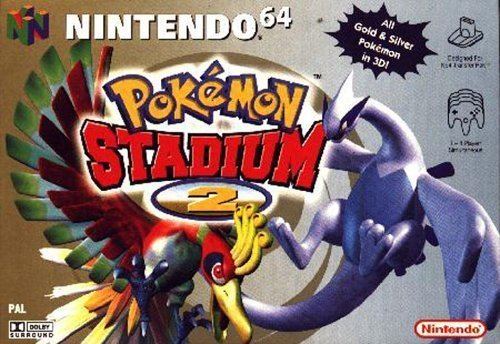
Like its predecessor, Pokémon Stadium 2 is compatible with the Transfer Pak accessory, allowing players to use Pokémon trained in the three original Game Boy Pokémon games (Pokémon Red, Blue, and Yellow) and the three Game Boy Color games (Pokémon Gold, Silver, and Crystal). The majority of the game takes place inside the fictional White City, where various facilities for battling, organizing, researching, and playing with Pokémon are located. The Japanese edition also featured the capability to use the Pokémon Mobile System from Pokémon Crystal.
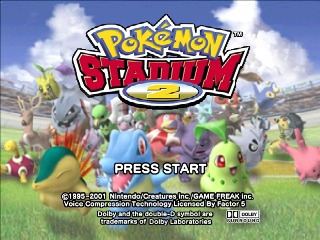
Pok mon stadium 2 mini games vs johneawesome
Development
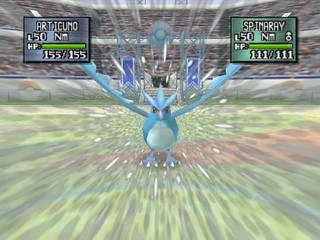
The success of Japan's Pokémon Stadium 2, released internationally as Pokémon Stadium, led to the development of a third entry. Scheduled for a late 2000 release, the game was to be demonstrated publicly at the 2000 Nintendo Space World festival. By July 20, 2000, the game's title was changed from Pokemon Stadium 3 to Pokemon Stadium Gold/Silver. Nintendo announced more information on October 3, including the dates of Japanese release and official tournaments. On October 25, Nintendo set the game's North American release date for March 26, 2001.
Gameplay
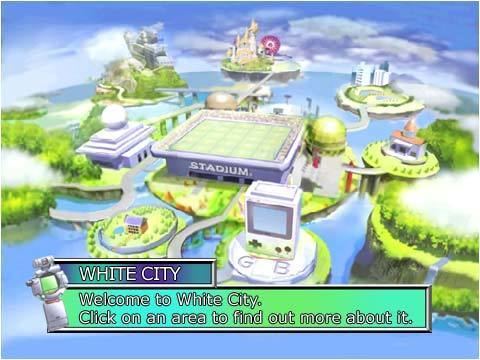
Pokémon Stadium 2 does not have a storyline. Progress can be made by winning trophies in the Stadium, a tournament mode consisting of four "Cups", as well as completing the Gym Leader Castle, where the player earns badges by defeating Gyms specializing in different Pokémon types. When all Stadium trophies have been won and the Gym Leader Castle is completed, the player's rival will want to battle. Defeating the rival will unlock Round 2, in which the player must re-challenge the Stadium, Gym Leader Castle, and the Rival at a higher difficulty level.
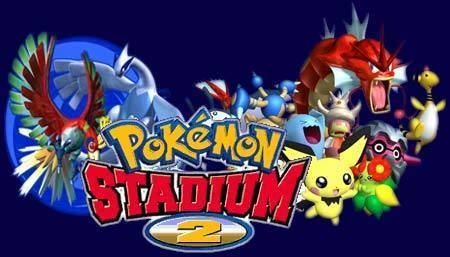
Set in a new town called White City, the Stadium is home to the Poké Cup, Prime Cup, Challenge Cup, and Little Cup, each having its own rules and regulations. With the exception of the Challenge Cup, the player first assembles a team of six Pokémon consisting of any combination of rental Pokémon or imported Pokémon from a Game Boy cartridge. In the Challenge Cup, the parties of the player and opponents are chosen at complete random. In the same fashion as the first Stadium, each combatant chooses only three of their six Pokémon to use in a battle before beginning.
In the Gym Leader Castle, the player is challenged to collect Gym badges by defeating trainers at the eight Johto League Gyms. Pokémon battles follow the same three-on-three format as in the Stadium, and either imported or rental Pokémon may be used to construct a team of six. Each Gym is known for using a specific type of Pokémon, but the Gym's trainers can have Pokémon of a different type for balance. The Elite Four can be battled after collecting all eight badges, and upon their defeat, a rival battle is unlocked. Defeating the rival unlocks the Kanto Gym Leaders and subsequently the Pokémon Champion Red.
Additional features
The Mini-Game Park is an area in White City where up to four players can play 12 different Pokémon-themed mini-games. Though not required, Pokémon from the players' inserted Game Boy cartridge can be used in certain mini-games.
In Free Battle mode, players may conduct practice battles. Players can select rules from any of the tournament cups or use modified rules. Up to four players may participate, using any combination of rental Pokémon and those imported via Transfer Pak. Pikachu can say its name when you choose from the trainer icon from the Pokémon section screen.
At the Game Boy Tower, Pokémon Red, Blue, Yellow, Gold, Silver, and Crystal can be played on the Nintendo 64. Winning Stadium cups and completing the Gym Leader Castle will eventually unlock higher speed options.
In Japan, through use of the mobile phone adapter bundled with copies of Crystal, the player could access a "Mobile Stadium" game mode in which the player battled other players downloaded from the mobile phone service in a tournament. It was also possible to play against friends through transferring the information across the mobile adapter.
Reception
While discussing the mixed quality of the Pokémon console games, Retronauts described it as “outstanding”.
